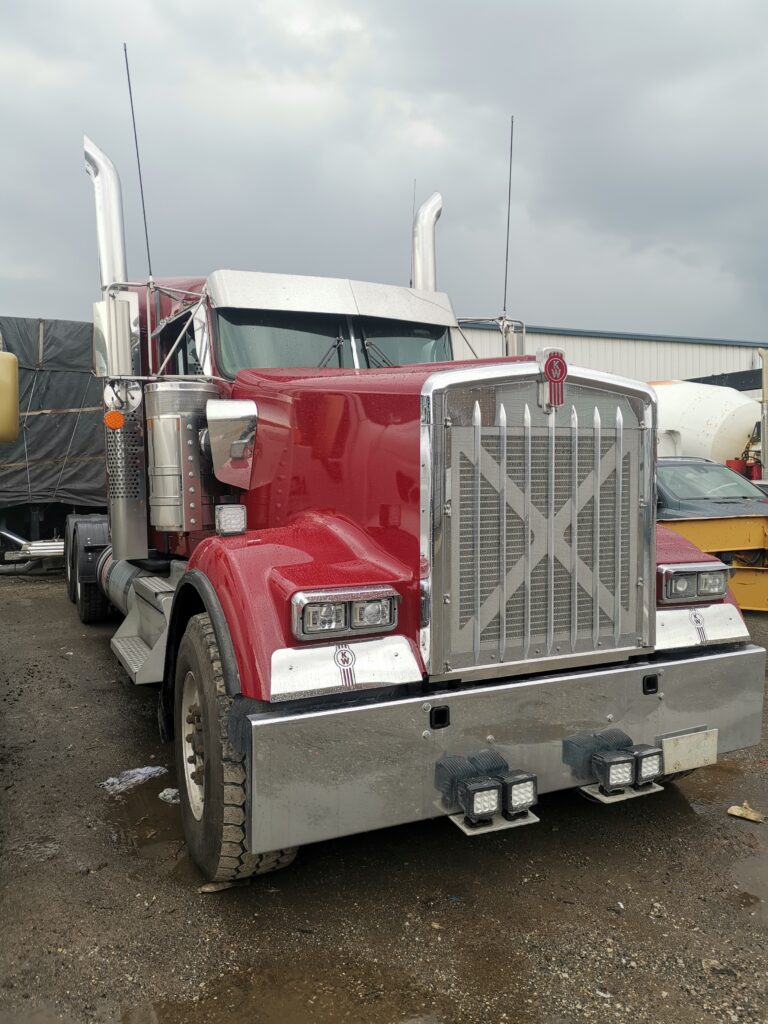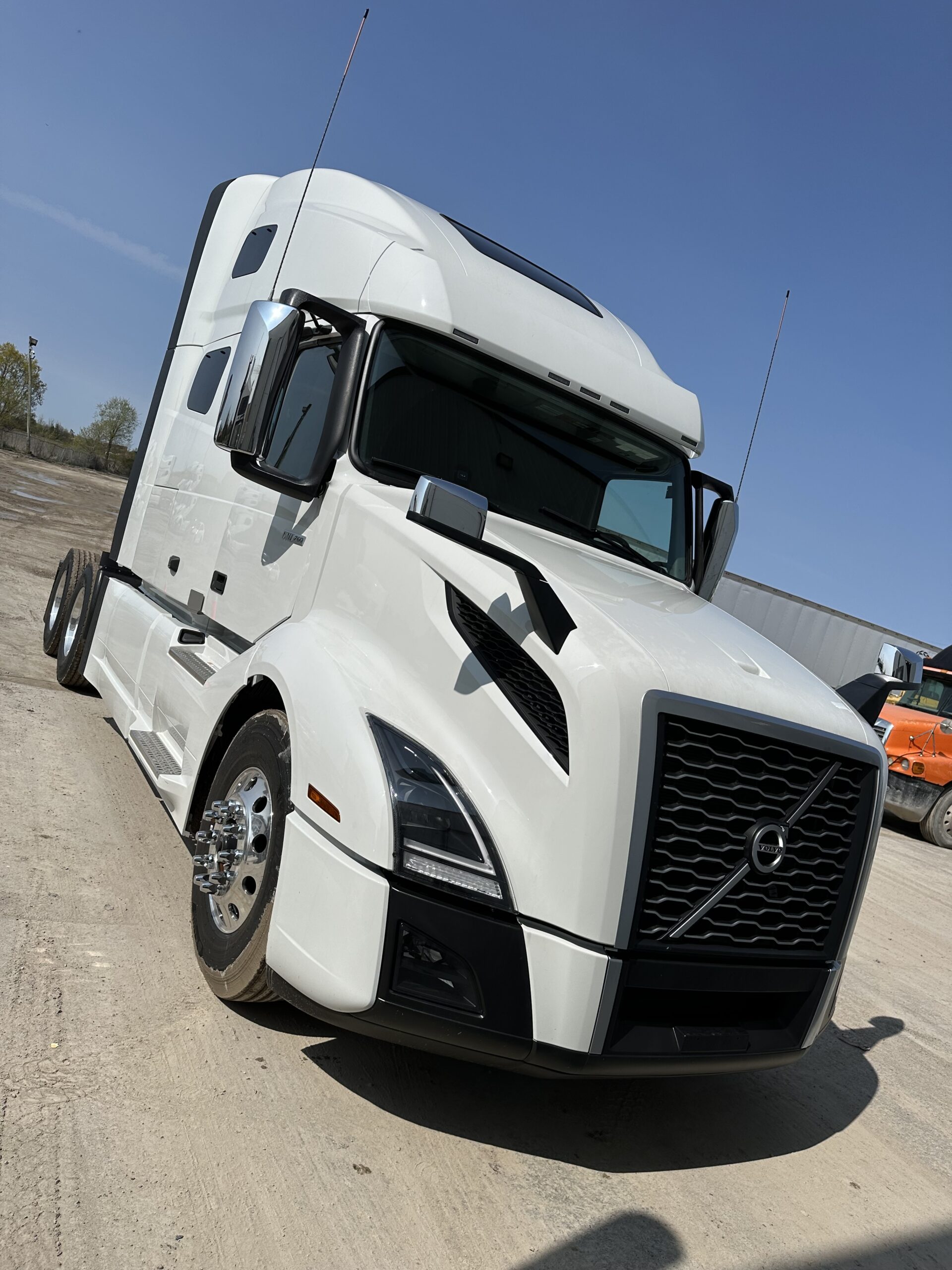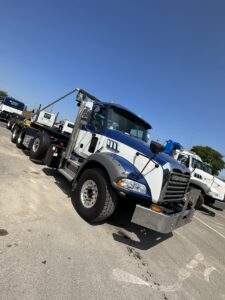Transfer trucks are the unsung heroes of the logistics industry, powering the movement of goods across countries and continents. But how does a transfer truck work? It’s a question that reveals the complexity and efficiency of modern logistics. This article will shed light on the world of transfer trucking, how it contrasts with transport and logistics, and the dimensions that make these vehicles such titans of the road.
What is Transfer Trucking?
Transfer trucking is a specialized area within the broader logistics and transport industry. It primarily involves the movement of cargo via a transfer truck, a large vehicle designed for long-haul freight transport.
How Does a Transfer Truck Work?
A transfer truck typically consists of a powerful tractor unit coupled to one or more semi-trailers designed to carry freight. These trucks use a combination of manual and automatic transmission systems to navigate different terrains and road conditions. They operate on diesel engines, which provide the necessary torque for hauling heavy loads over long distances.

The Difference Between Transfer and Transport
While the terms transfer and transport are often used interchangeably, there are subtle differences between them when it comes to logistics.
Transfer:
A Detailed Perspective In logistics, goods are transferred when they are moved from one location to another inside the same company’s infrastructure, such as between storage facilities or factories.
Transport:
The Broader Picture On the other hand, transport typically involves the movement of goods between different entities, such as from a manufacturer to a retailer or directly to the consumer.
In essence, while all transfers involve transportation, not all transport involves a transfer.
Trucking vs. Logistics: Understanding the Distinctions
Another common confusion arises between the concepts of trucking and logistics. While both are integral parts of the supply chain, they are not the same.
Trucking:
A Component of Logistics Trucking refers specifically to the transport of goods via trucks. It’s a critical aspect of the supply chain, ensuring goods reach their destination efficiently.
Logistics:
The Bigger Picture Logistics, however, encompasses more than just transportation. It is the whole process of managing how resources are bought, kept, and moved to where they are needed. This includes things like managing inventory, storing goods, and managing the supply line.
The Size of a Transfer Truck: Dominating the Roadways
When it comes to semi truck dimensions, there’s a bit of variety. On average, semi trucks in the United States are around 72 feet long, 8.5 feet wide, and 13.5 feet tall. They can have a gross weight of up to 80,000 pounds. These dimensions and weight capacities allow transfer trucks to transport substantial volumes of goods across long distances, making them a cornerstone of the logistics industry.
FAQs about Transfer Trucks
What is the Typical Load Capacity of a Transfer Truck?
A standard semi-truck in the US can legally carry up to 80,000 pounds, including the weight of the truck and the trailer.
How Does the Size of a Transfer Truck Affect its Function?
The size of a transfer truck, specifically its length and weight capacity, directly impacts the volume and type of cargo it can transport. Larger trucks can carry more goods, improving efficiency and reducing the cost per unit of cargo transported.

Conclusion:
Understanding “How does a transfer truck work?” is to appreciate the intricate mechanics of logistics and transportation. These powerful vehicles, with their impressive size and weight capacity, are instrumental in maintaining the flow of goods that our global economy relies on.
From their role in transfer trucking, their distinction from transport and their place in the wider scope of logistics, transfer trucks embody the interconnectedness of our modern world. As we continue to rely on these vehicles for our everyday goods, understanding their workings, dimensions, and capabilities allows us to appreciate the complex orchestration of the supply chain.
With their size being around 72 feet long, 8.5 feet wide, and 13.5 feet tall, and a gross weight of up to 80,000 pounds, transfer trucks are indeed the titans of the roadway. These dimensions are designed to optimize the volume of goods they can carry, improving efficiency in the supply chain, and ultimately affecting our lives in ways we often take for granted.
In the grand scheme of things, the workings of a transfer truck epitomize the remarkable blend of engineering, logistics, and human coordination that keeps our world moving forward. Whether it’s delivering food, clothing, or essential medical supplies, the role of transfer trucks is indispensable, making them a crucial cog in the wheel of our modern economy.




